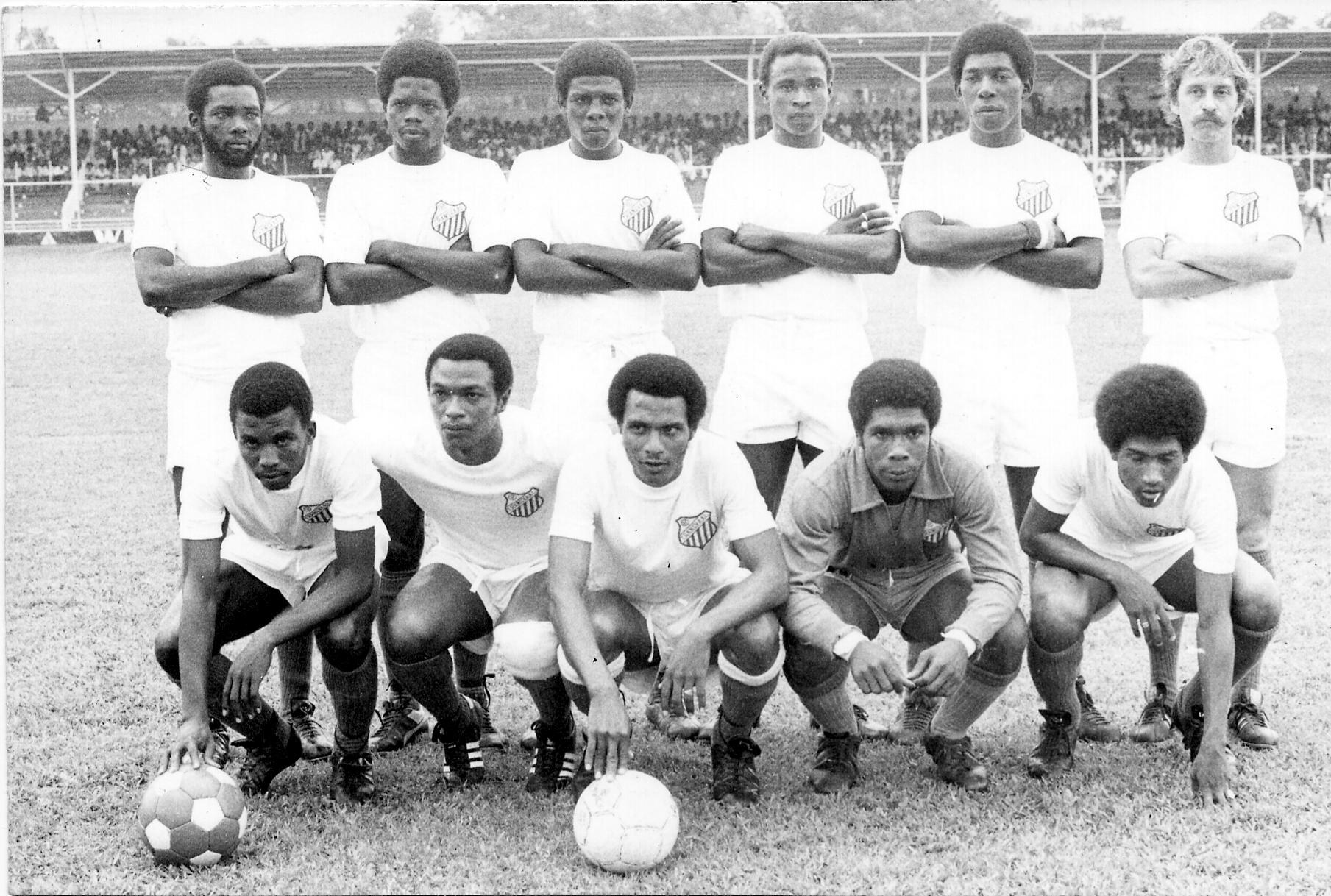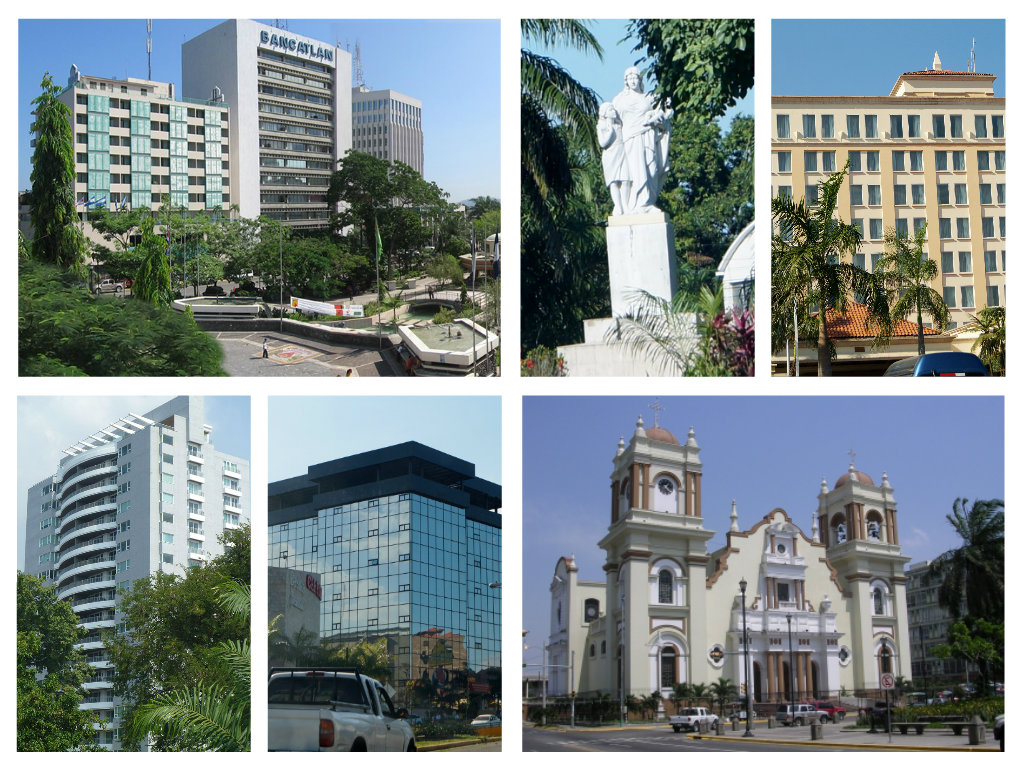|
1974 CONCACAF Champions' Cup
The 1974 CONCACAF Champions' Cup was the 10th edition of the annual international club football competition held in the CONCACAF region (North America, Central America and the Caribbean), the CONCACAF Champions' Cup. It determined that year's club champion of association football in the CONCACAF region and was played from 5 May till 27 October 1974 with all the matches played under the home/away match. The teams were split in 3 zones (North American, Central American and Caribbean), each one qualifying the winner to the final tournament. As no clubs entered in the North American section, the winner of the two remaining zones gained the qualification to the final. Municipal from Guatemala won the tournament, becoming CONCACAF champion for the first time. on Prensa Libre, 27 ... [...More Info...] [...Related Items...] OR: [Wikipedia] [Google] [Baidu] |
SV Transvaal
Sport Vereniging Transvaal is a Surinamese association football club, which plays in the top of football in Suriname. They play their home games in Paramaribo at André Kamperveen Stadion to a capacity of 7,100. The team is one of Suriname's most successful, having won their first league championship in 1925, and having won a total of 19, good for second most in Suriname after Robinhood. Transvaal have also won the Beker van Suriname (Surinamese Cup) three times and the Suriname President's Cup twice (1997 and 2008). The biggest international successes were in 1973 and 1981, both resulting in CONCACAF Champions Cup victories. To date, they are the only Surinamese club to win the Champions Cup. SV Tranvaal were appointed by the IFFHS, as one of the top ten football clubs in CONCACAF of the 20th century standing in fifth position. Since the launch of professional football on February 22, 2024, S.V. Transvaal is competing in the professional Suriname Major League. History Early ... [...More Info...] [...Related Items...] OR: [Wikipedia] [Google] [Baidu] |
Guatemala City
Guatemala City (, also known colloquially by the nickname Guate), is the Capital city, national capital and largest city of the Guatemala, Republic of Guatemala. It is also the Municipalities of Guatemala, municipal capital of the Guatemala Department and the most populous urban metropolitan area in Central America. The city is located in a mountain valley called Valle de la Ermita () in the south-central part of the country. Guatemala City is the site of the native Maya civilization, Mayan city of Kaminaljuyu in Mesoamerica, which was occupied primarily between 1500 BCE and 1200 CE. The present city was founded by the Spanish after their colonial capital, now called Antigua Guatemala, was destroyed by the devastating 1773 Guatemala earthquake, 1773 Santa Marta earthquake and its aftershocks. It became the third royal capital of the surrounding Captaincy General of Guatemala; which itself was part of the larger Viceroyalty of New Spain in imperial Spanish America and remained und ... [...More Info...] [...Related Items...] OR: [Wikipedia] [Google] [Baidu] |
Estadio Cacique Diriangén
Estadio Cacique Diriangén is a multi-purpose stadium in Diriamba, Nicaragua. It is currently used mostly for football (soccer), football matches and is the home stadium to Diriangén FC. The stadium holds 7,500 people. In April 2012, it was announced the stadium was to be renovated. - El Nuevo Diario References Football venues in Nicaragua Multi-purpose stadiums in Nicaragua Carazo Department {{Nicaragua-sports-venue-stub ...[...More Info...] [...Related Items...] OR: [Wikipedia] [Google] [Baidu] |
Diriamba
Diriamba is a city and a municipality in the Carazo department of Nicaragua, with a population of 65,243 (2022 estimate). It is located 41 km south of Managua, the capital of Nicaragua. Geography The city's elevation (just above 500 meters above sea level), and the geography of the cordillera upon which it sits, lend it a constantly mild weather (though notoriously windy January through March). Climate Managua, like much of Western Nicaragua except for the Sierras, has a tropical climate with constant temperatures averaging between . Under Köppen's climate classification, the city has a tropical wet and dry climate. A distinct dry season exists between November and April, while most of the rainfall is received between May and October. Temperatures are highest in March and April, when the sun lies directly overhead and the summer rainfall has yet to begin. Description Diriamba is the largest city in Carazo. The Basilica of Saint Sebastian, which stores several antiqu ... [...More Info...] [...Related Items...] OR: [Wikipedia] [Google] [Baidu] |
Walkover
John Baxter Taylor and William Robbins (athlete)">William Robbins to refuse to race in protest. A walkover, also W.O. or w/o (originally two words: "walk over"), is awarded to the opposing team/player, etc., if there are no other players available, or they have been disqualified, because the other contestants have forfeited or the other contestants have withdrawn from the contest. The term can apply in forfeit (sport)">forfeited or the other contestants have withdrawn from the contest. The term can apply in sport">forfeit (sport)">forfeited or the other contestants have withdrawn from the contest. The term can apply in sport, elections or other contexts where a victory can be achieved by default. The narrow and extended meanings of "walkover" as a single word are both found from 1829. Other sports-specific variations of the term exist, especially where walking is not involved: competitive rowing, for example, uses the term ''row over''. Sports The word originates from ho ... [...More Info...] [...Related Items...] OR: [Wikipedia] [Google] [Baidu] |
Estadio Jorge "Mágico" González
es:Estadio is the spanish language word for Stadium A stadium (: stadiums or stadia) is a place or venue for (mostly) outdoor sports, concerts, or other events and consists of a field or stage completely or partially surrounded by a tiered structure designed to allow spectators to stand or sit .... The term may be applied to the following: * Estadio (magazine) a sports magazine published in Chile * Specific stadiums in Spanish speaking or Portuguese speaking countriesclick here for a full search {{Disambiguation ... [...More Info...] [...Related Items...] OR: [Wikipedia] [Google] [Baidu] |
San Salvador
San Salvador () is the Capital city, capital and the largest city of El Salvador and its San Salvador Department, eponymous department. It is the country's largest agglomeration, serving as the country's political, cultural, educational and financial center. The Municipalities of El Salvador, municipality of San Salvador has 525,990 inhabitants (2024). The Metropolitan Area of San Salvador, which comprises the capital itself and 13 of its municipalities, has a population of 2,404,097. The urban area of San Salvador has a population of 1,600,000 inhabitants. The city is home to the ''Consejo de Ministros de El Salvador'' (Council of Ministries of El Salvador), the Legislative Assembly of El Salvador, the Supreme Court of El Salvador, and other governmental institutions, as well as the official residence of the president of El Salvador. San Salvador is located in the Salvadoran highlands, surrounded by volcanoes and prone to earthquakes. The city is also home to the Roman Catholic ... [...More Info...] [...Related Items...] OR: [Wikipedia] [Google] [Baidu] |
Estadio Doroteo Guamuch Flores
The Estadio Nacional Doroteo Guamuch Flores is a multi-use national stadium in Guatemala City, the largest venue in Guatemala. It was built in 1948, to host the Central American and Caribbean Games in 1950, and was renamed after long-distance runner Doroteo Guamuch Flores, winner of the 1952 Boston Marathon. It has a capacity of 26,000 seats. Used mostly for football (soccer) matches, the stadium has hosted the majority of the home matches of the Guatemala national football team throughout its history, and is the home of local football club Comunicaciones. The venue is operated by the '' Confederación Deportiva Autónoma de Guatemala'' (CDAG). One of the worst disasters ever to occur in a sports venue took place at the stadium in 1996, when 83 people were killed because of a human avalanche on the stands. General description The grass field of the Doroteo Guamuch Flores is surrounded by an eight-lane athletic track, which originally was made of sand, and later remodeled ... [...More Info...] [...Related Items...] OR: [Wikipedia] [Google] [Baidu] |
Estadio Francisco Morazán
es:Estadio is the spanish language word for Stadium A stadium (: stadiums or stadia) is a place or venue for (mostly) outdoor sports, concerts, or other events and consists of a field or stage completely or partially surrounded by a tiered structure designed to allow spectators to stand or sit .... The term may be applied to the following: * Estadio (magazine) a sports magazine published in Chile * Specific stadiums in Spanish speaking or Portuguese speaking countriesclick here for a full search {{Disambiguation ... [...More Info...] [...Related Items...] OR: [Wikipedia] [Google] [Baidu] |
San Pedro Sula
San Pedro Sula () is the capital of Cortés Department, Honduras. It is located in the northwest corner of the country in the Sula Valley, about 50 kilometers (31 miles) south of Puerto Cortés on the Caribbean Sea. With a population of 701,200 in the central urban area (2023 calculation) and a population of 1,445,598 in its metropolitan area in 2023, it is the nation's primary industrial center and second largest city after the capital Tegucigalpa, and the largest city in Central America that is not a capital city. History Before the arrival of the Spanish, the Sula Valley was home to approximately 50,000 native inhabitants. The area that is home to the modern city served as a local trade hub for the Mayan and Aztec civilizations. The Spanish conquest brought about a demographic collapse from which the native population would never recover. On 27 June 1536, Don Pedro de Alvarado founded a Spanish town beside the Indian settlement of Choloma, with the name of Villa de Se ... [...More Info...] [...Related Items...] OR: [Wikipedia] [Google] [Baidu] |
Estadio José Rafael Fello Meza Ivankovich
Estadio Jose Rafael "Fello" Meza Ivankovich is a multi-use stadium in Cartago, Costa Rica. It is currently used mostly for football Football is a family of team sports that involve, to varying degrees, kick (football), kicking a football (ball), ball to score a goal (sports), goal. Unqualified, football (word), the word ''football'' generally means the form of football t ... matches and is the home stadium of C.S. Cartaginés. The stadium holds 8350 people and was built in 1949. On June 8, 2024, strong storms and winds hit the city of Cartago and Paraíso. Among the affected areas was the Fello Meza, whose roof was detached and destroyed. https://www.nacion.com/sucesos/desastres/techo-del-estadio-fello-meza-se-desprende-por/RSOGPBJC75CBFHIXRDHWIAF6C4/story/ A Cartaginés under-21 game was being played, but in the 70th minute it was suspended due to the amount of water falling on the field and in the stands, the ceiling that began to collapse and bend. No injuries we ... [...More Info...] [...Related Items...] OR: [Wikipedia] [Google] [Baidu] |
Cartago, Costa Rica
Cartago () is the head city of Cartago canton of the Cartago Province, and is composed of the Oriental and Occidental districts as stated in the administrative divisions of Costa Rica. It was the capital of Costa Rica from 1574 to 1824. History Founded in 1563 by Juan Vasquez de Coronado, it was the first successful establishment in Costa Rica. The city was granted a coat of arms by King Philip II of Spain in 1565, and the title of Muy Noble y Muy Leal ("Very Noble and Very Loyal") by the Cortes (Spanish Parliament) in 1814. It served as the first capital of Costa Rica until 1823, when Republican leader Gregorio José Ramírez, moved the capital to the bigger city of San José, because Cartago wanted to unite the newly independent province of Costa Rica to the Iturbide's Mexican Empire while San Jose and Alajuela supported a Republican system. The city was severely damaged by major earthquakes in 1822, 1841 and 1910. In 1963, a volcanic eruption of Irazu Volcano which ... [...More Info...] [...Related Items...] OR: [Wikipedia] [Google] [Baidu] |



